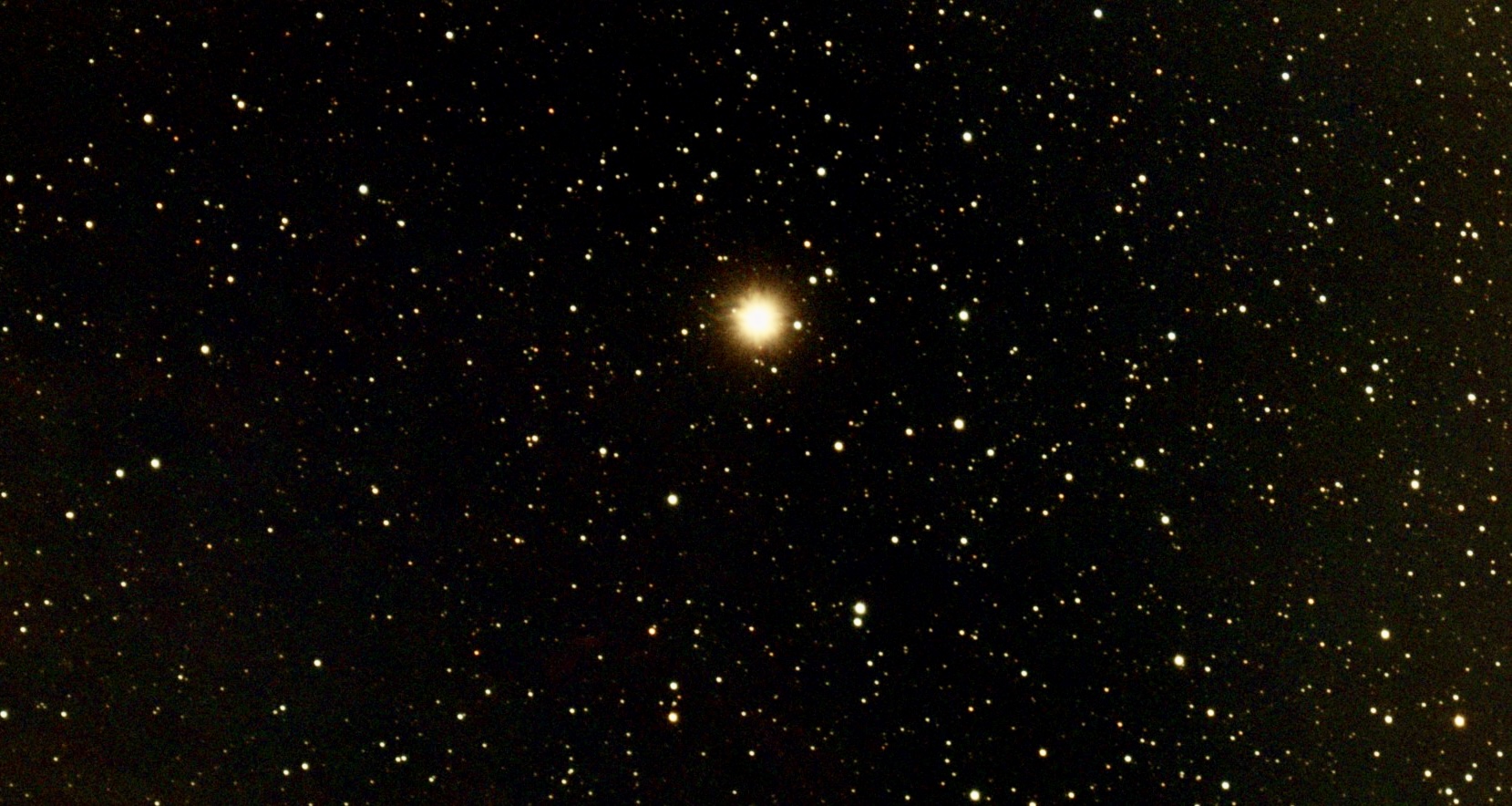Betelgeuse (Alpha Orionis) - A Red Supergiant in Orion
2024.12.19

The star system was captured while viewing the Jellyfish nebula, which is also in the Gemini constellation. The over exposure required for the Jellyfish nebula caused Propus to shine a bit too bright than I would have preferred. Nevertheless, it was a good capture that came as a bonus.

PROFILE
Tasnim M Ankon